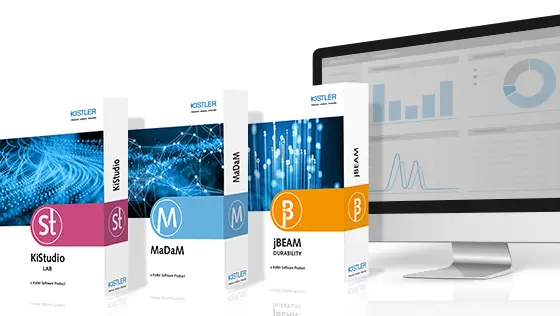What is Big Test Data?
Big Test Data or Big Measurement Data refers to large volumes of measurement data that play a role above all during the development phase (e.g., of vehicles, airplanes or components for aerospace missions). For the optimization of the driving behavior, of the powertrain or during crash tests, a constantly increasing range of different measurands is collected in real-time. This is also true for the development of consumer goods, for optimizing the maintenance of special-purpose machines or conducting research for the maritime industry. The acquired data is then prepared, visualized and analyzed to obtain information and - ideally - knowledge about cause-and-effect relationships.








